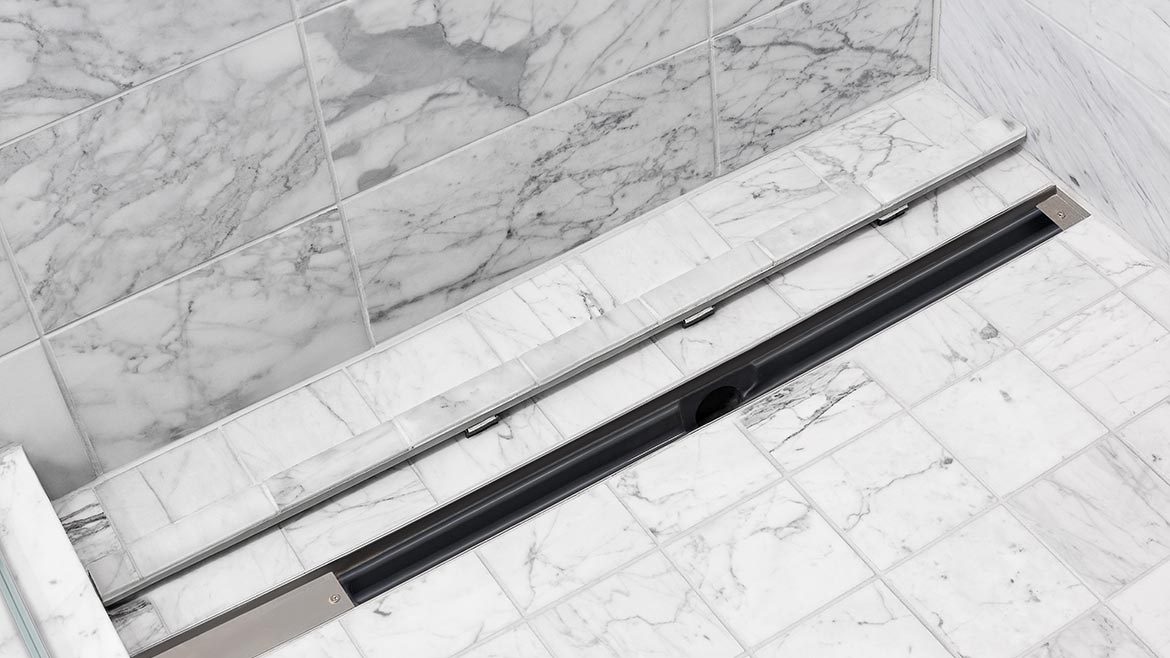

In addition, today’s slabs have fewer built-in safety features to minimize problems associated with shrinkage cracks. The increasing popularity and growth of ceramic and marble tile, in particular for flooring installations, has made system protection even more necessary.
Concrete shrinks. Its volume is greatest when freshly poured. But concrete almost immediately begins to shrink due to mix water loss stemming from surface evaporation and/or entry into the soil or sand layer beneath the slab. This process of mix water loss may continue for years.
The concrete industry estimates that 60% to 70% of the shrinkage will occur within three to six months of the pour. Half of the concrete’s volume change takes place in 60 days. After three years, shrinkage cracks should not be a problem. “Good” concrete will shrink about .05%, or 1/16 inch in 10 feet.
Crack-isolation systems are designed to mitigate and relieve the stresses that concrete substrates exert on a tile installation. They are usually applied to shrinkage cracks or cracks related to thermal movement of the slab. In most instances, these systems are used with concrete slabs that have yet to exhibit any cracking deficiencies, but may be prone to develop them in the future.
At this point, I need to emphasize that these systems are designed to preclude or eliminate only damage that results from horizontal movement of the concrete substrate. The plane of the concrete slab must remain level. With vertical movement of the slab, cracking control cannot be assured.
I also need to note that cracks in excess of 1/8 inch in width are considered excessive and slab repair maybe necessary — or, at the very least, expansion joints may be required.
As a word of caution, do not attempt to design your own crack-isolation system, even though the temptation to do so might be great. Installers who have tried to improvise their own systems have repeatedly met with failure. (See photo.) These failures are associated not with cracking in the tile or marble, but rather with debonding of the installer-devised membrane due to water vapor transmission or, in instances where asphalt building paper has been used, discoloration of the marble floor.
The following rundown is representative of the systems currently available for crack suppression.
Sheet membranes. There are five primary varieties of sheet membrane systems. The first two, chlorinated polyethylene and polyvinyl, require a bonding adhesive. The next two, butyl and bitumen modified, are self-sticking. The last sheet membrane variety is cork. (Note: some self-stick products require substrate priming.)
Liquid only. Liquid crack-isolation systems may come in acrylic versions or make use of asphalt-modified materials.
Liquid and fabric. Various products of this variety may be asphalt-modified neoprene or acrylic latexes with polyester fabrics.
Warranties vary from 1/8-inch crack width to 3/8 inch horizontally only. Vertical installations are excluded from warranty coverage.
Standards for crack-isolation membranes are still being hashed out in committee. However, they are expected to be finished shortly. In the meantime, use only those membranes that come with a warranty.


